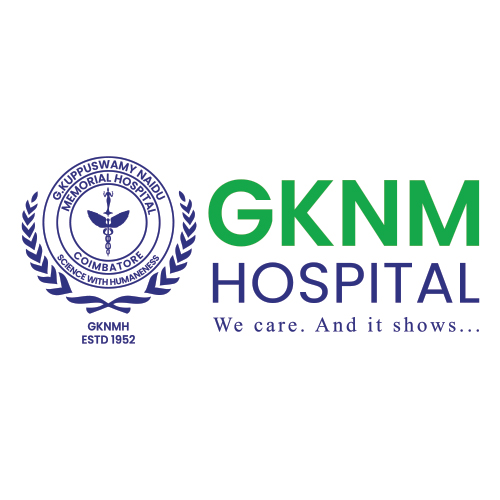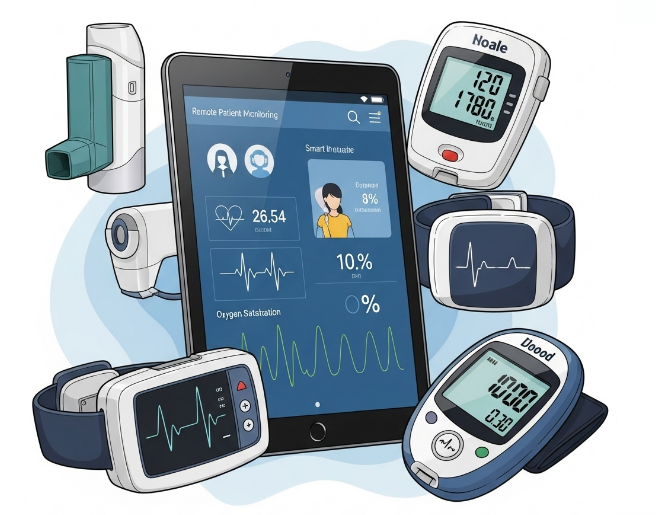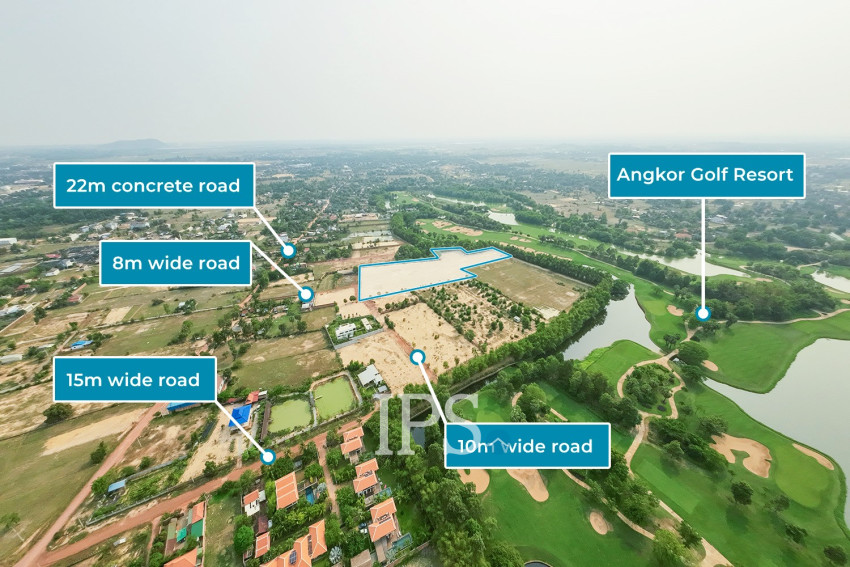Office Visits Are the Backbone of Medical Revenue—But Only if Billed Correctly
Healthcare providers often rely on a steady stream of outpatient appointments to maintain cash flow and support ongoing operations. Most of these encounters occur in a physician’s office, which makes the office setting code one of the most important details on a medical claim.
Despite its common use, this location code is also a pos 11 source of errors and claim denials. Submitting it without confirming every detail of the provider, setting, and insurance requirements creates risks that can slow down payment or result in total loss of reimbursement.
How the Office Code Impacts Payer Calculations
Each place of service code informs insurance payers about the expected cost of overhead and clinical support. Office visits, coded using the appropriate setting designation, are reimbursed differently than hospital or facility-based services.
Incorrectly listing the office as the location can:
-
Trigger audits for potential overbilling
-
Result in claim rejection due to setting mismatch
-
Create issues with coordination of benefits or secondary claims
Even a small oversight in location coding may lead to denials under codes like “inconsistent with procedure,” or “invalid place of service.”
Why Coordination with Credentialing Is Crucial
Many practices forget that accurate place of service coding also Medical Billing and Coding on the provider’s status with the payer. If a clinician is not properly credentialed at the address listed on the claim, the insurance company will not pay—even if every procedure and diagnosis code is correct.
Using the office code without validating the provider’s approval to practice at that location results in preventable denials and longer revenue cycles.
Tools That Help Prevent Location-Based Billing Mistakes
Today’s billing systems are more advanced than ever, and modern medical billing services provide features that help flag inconsistencies automatically. Firms like ezmd solutions build in smart validation tools that catch errors before claims are sent to the payer.
Key features include:
-
Real-time verification of location and credentialing status
-
Alerts for discrepancies in provider enrollment
-
Integration with practice management software for improved accuracy
By catching potential errors early, these tools save billing staff hours of manual corrections and follow-up.
Empowering Coders to Make Location-Aware Decisions
Medical coders are trained to understand clinical documentation, but they also need access to updated administrative data. Empowering coders to view real-time provider enrollment and payer mappings helps them choose the correct setting code and avoid assumptions that lead to rejections.
Many practices now include cross-training between credentialing and coding staff to ensure mutual understanding and seamless coordination.
Conclusion: POS 11 Success Depends on Strong Processes
Submitting claims with the correct office-based setting code is essential—but it’s just one part of the equation. For successful reimbursement, all elements must align: credentialing, coding, location data, and payer rules. Practices that invest in integrated billing solutions and train staff in location-based logic reduce denials and create more consistent financial performance.






